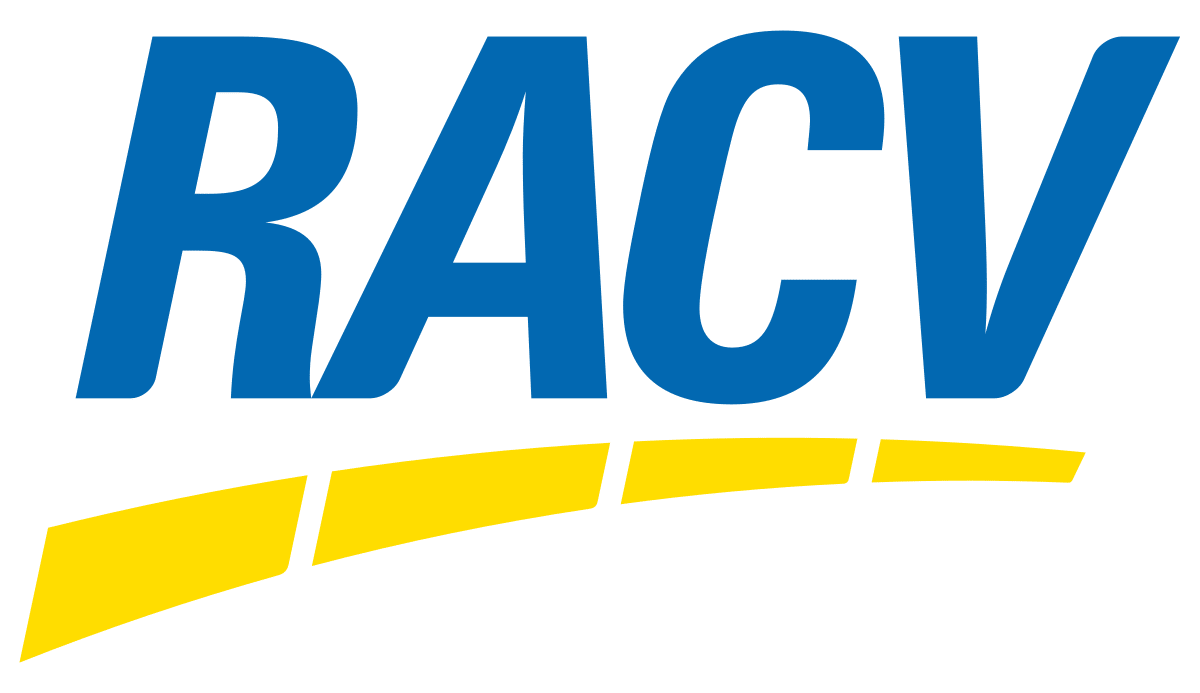A joint personal loan can help you cover a major expense by sharing the responsibility with someone you trust, such as a partner, family member or friend. With both borrowers contributing to repayments, it can be a more affordable and accessible option if you’re looking to borrow larger sums of money.
What is a joint personal loan?
A joint personal loan is simply a type of personal loan that is taken out by two people, known as co-borrowers, who are both equally responsible for paying it off. Other than this, it’s like any other personal loan product, where you receive a lump sum of money that you then repay in regular instalments.
How much you can borrow varies depending on your joint borrowing power. Unsecured loans are generally available up to $75,000, and potentially higher limits if the loan is secured. You’ll then have between one and seven years to pay back the loan plus interest and any additional fees.
As you are taking out the loan with someone else, there are some additional things to consider before you apply:
- You both need to meet the lender’s eligibility criteria. This includes income assessments and credit checks.
- You are both equally liable for making repayments and meeting the terms of the loan. This means if one person is unable to make a payment, the other is still fully responsible for covering the amount owed.
Because of the shared responsibility, it’s essential to apply with someone you trust, as both parties’ finances and credit scores are affected by how the loan is managed.
When might I need to apply for a joint personal loan?
A joint personal loan can be used for almost any purpose you choose – but there are some situations where applying with someone else can be particularly helpful:
- To increase your borrowing power: combining your incomes can help you qualify for a higher loan amount, which is useful when covering larger expenses.
- To boost your chances of approval: if one applicant has a lower income, limited credit history, or is a student or part-time worker, applying with someone who has stronger finances can improve your chances of getting approved.
- To cover shared expenses: joint loans are ideal for larger shared purchases or commitments, such as starting a business, paying for a wedding or renovating a home.
- To consolidate debt: if you and your co-borrower have multiple individual or joint debts, combining everything you owe into one loan can simplify repayments and may reduce your overall interest charges.
Who can I apply for a joint personal loan with?
While you can technically apply for a loan with anyone, a co-borrower should be someone you know, trust and can rely upon to fulfil their half of the deal. Common choices include:
- Your spouse or de facto partner
- A parent, sibling or other close family member
- A close friend
Lenders are generally more comfortable approving joint loans between people with a close personal or familial relationship. In some cases, they may require you to live at the same address or provide proof of a domestic or financial partnership, particularly when you’re not related.
Why apply for a personal loan with Savvy?
Help from the experts
When you submit your application, one of our consultants will compare the best available options and walk you through the process.
Paperless applications
You don't need to worry about sifting through documents and visiting the post office, as they can all be submitted online.
Reputable lending partners
We've partnered with personal loan companies you can trust to ensure your comparison is a high-quality one.
The pros and cons of joint personal loans
Pros
-
Increase your chances of approval
Having a second applicant with a stable income or strong credit history can help strengthen your application.
-
Borrow more
Two incomes may allow you to access a higher loan amount, which can be helpful for larger expenses like renovations.
-
Lower individual repayments
Sharing the loan means you’ll each pay a portion of the monthly instalments, reducing your personal financial burden.
-
Build your credit scores
Making repayments on time can help improve both borrowers’ credit scores over the life of the loan.
-
Backup in case of financial difficulty
If one borrower experiences a temporary setback, the other can step in to help cover repayments and avoid defaulting on the loan.
Cons
-
Shared financial responsibility
You’re both equally liable for the full loan amount, so if your co-borrower can’t pay, you must cover their share.
-
Credit risk
Missed or late repayments by either borrower will affect both credit scores.
-
Strain on personal relationships
Financial issues can lead to stress or tension if one party feels the other isn’t contributing fairly.
-
Temptation to over-borrow
Greater borrowing power can make it tempting to take out more than you actually need or can comfortably repay.
-
Limited availability
Not all lenders offer joint personal loans, and some may have specific requirements for co-borrowers.
How to apply for a joint personal loan through Savvy
-
Decide to borrow together
Agree with your co-borrower on the purpose of the loan, how much you want to borrow and how you’ll share the repayments. You’ll need to apply together, so it’s important you’re both on the same page.
-
Complete our simple online form
To start, one applicant will need to fill out our quick and easy online form. Just provide a few basic details about yourself, your finances and the type of loan you’re looking for. It only takes a few minutes.
-
Speak with a member of our team
One of our experienced loan brokers will get in touch to go over your needs, including any specifics about your joint application. Both applicants will need to provide information and supporting documents so we can assess your eligibility.
-
Review your loan options
Your broker will compare offers from our panel of trusted lenders to find the most suitable loan for your circumstances. If you’re happy with the offer, we’ll guide you through the next steps.
-
Submit your documents and apply
If you’re happy with the offer, you can go ahead and formally apply. We’ll handle this for you; you and your co-borrower simply send the required documents through our online portal and we’ll do the rest.
-
Get approved and sign your contract
We’ll let you know when you’re formally approved, which can happen in a matter of hours. All you’ll need to do is sign your loan contract electronically to receive your funds as soon as the same day to your nominated bank account.
Joint personal loan eligibility and documentation
Joint personal loan applications are assessed the same way as individual loans, with the same eligibility and documentation requirements for each applicant.
Eligibility
-
Age
You must be at least 18 years of age
-
Residency
You must be an Australian citizen or permanent resident (or, in some cases, an eligible visa holder)
-
Income
You must be earning a stable income that meets your lender’s minimum threshold (this can start from as little as $20,000 per year)
-
Employment
You must be employed on a permanent, casual or self-employed basis
-
Credit score
You must meet your lender’s minimum requirements related to your credit score and not be bankrupt or under a Part IX debt agreement
-
Contact
You must have an active phone number, email address and online bank account in your name
Documents
-
Personal information
Your full name, date of birth, address and contact details
-
Photo ID
Such as a driver's licence or passport
-
Payslips
Your last two consecutive payslips (or your last tax return if you're self-employed)
-
Assets and liabilities
Information about any assets you own (such as a car or house) and liabilities in your name (such as other loans)
-
Bank statements
90 days of bank statements may be requested, but not always















